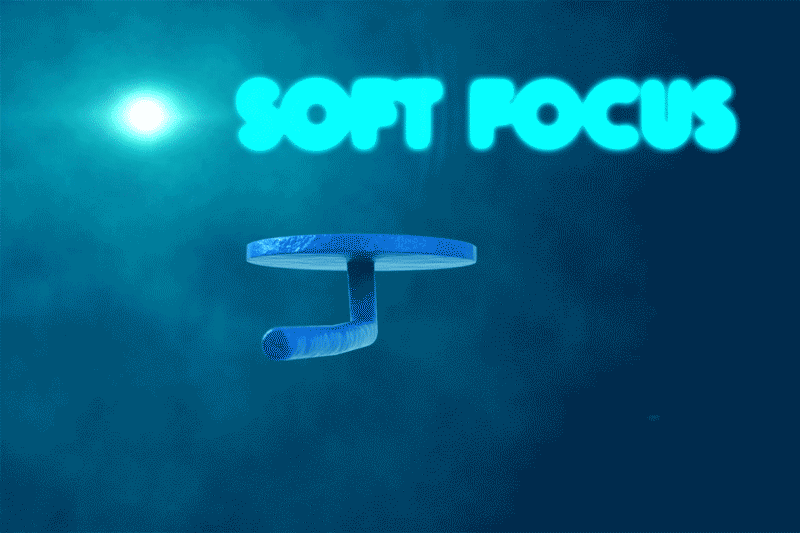Soft Focus: A Flexible Future for Robots

Show Imaging
The OsciBot, a simple soft machine that paddles through water when a light is shined on it, emerged from research by UCLA’s Ximin He and Lihua Jin.
Research by a quintet of Hong’s faculty colleagues at the UCLA Samueli School of Engineering might just expand your thinking. These researchers are doing the early work to realize robots with an entirely different feel, literally — softer, more pliable and better suited for engaging with people.
“We build machines based on the materials we have, and steel and rubber have actually worked very well,” says Qibing Pei, professor of materials science and engineering. “However, we’re also limited by our materials, and certain jobs are impossible for robots [that exist] right now. So people like me are looking at developing soft materials and devices.”
Today’s innovators envision soft robots capable of performing tasks that benefit human health and well-being and that advance the discovery of the unknown. Pei and his colleagues are beginning to figure out what those soft robots will be made of, and how they will move.
The importance of being supple
Why make robots soft? For starters, they would potentially be safer than traditional ones.
“The most important use we can imagine for soft robots would be to interact with fragile objects and human beings,” says Lihua Jin, assistant professor of mechanical and aerospace engineering.
Additionally, the lightness of a soft robot suggests ease of transport. Similar to how a large octopus can squeeze through a hole the size of a quarter but a hard-shelled crab can only scuttle past, soft robots can access places that rigid ones cannot. The well-defined joints of traditional robots restrict their movements, while a flexible robot might have few limitations in the ways it can twist, turn and morph. Built with the capacity to buckle and then return to its original shape, a soft robot might also be more resilient.
“We need a shift in mentality in our society, because there’s a misconception that if you’re big and rigid and beefy, you’re more robust,” says Jonathan Hopkins, associate professor of aerospace and mechanical engineering. “It’s actually the opposite. Think of the skinny palm trees bending and surviving hurricanes that knock over strong telephone poles.”
The investigators driving engineering toward soft machines are part of a larger cadre of extraordinary robotics researchers based on campus, with more than a dozen UCLA laboratories at the leading edge of the field. This is no accident. UCLA Engineering purposefully fortified an existing strength in 2014, recruiting Hong and two other superstars: Jacob Rosen, an expert in surgical robots, and Veronica Santos, who is developing artificial hands.
This is an excerpt from a UCLA Magazine article, which can be accessed in full at this link.
